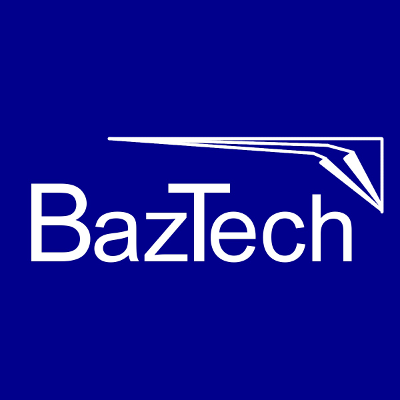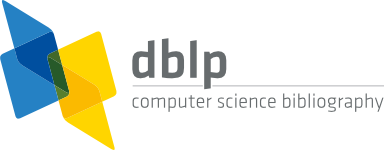You will find our detailed requirements and recommendations for papers submitted to e-Informatica Software Engineering Journal.
Papers that do not fulfil requirements cannot enter the review process.
As it does not prevent review and acceptance, we strongly advise following our recommendations.
Paper requirements
- Required elements of the paper:
- The structured abstract. Include the following sections: Background, Aim, Method, Results, Conclusion (do not merge Results and Conclusion).
More on how to prepare the structured abstract: 1, 2, 3, 4 and 5. - Keywords.
- Acknowledgement section (locate this section with all following statements just before the Bibliography):
- CRediT authorship contribution statement (obligatory, if more than one author) e.g.:
Jane Doe: Data curation, Methodology, Investigation, Writing – original draft, Writing – review and editing, Visualization. John Doe: Conceptualization, Funding acquisition, Methodology, Investigation, Writing – review and editing, Supervision.
In the statement use only roles listed here: https://credit.niso.org/ - Declaration of competing interest (obligatory) e.g.:
The authors declare that they have no known competing financial interests or personal relationships that could have appeared to influence the work reported in this paper. - Data availability (obligatory, if applicable) e.g.:
Supporting data is not available.
Reproducibility packages can be:- hosted on Zenodo or OpenML,
- hosted on CRAN (as R packages) including both open-source code/scripts and data,
- submitted along with the paper, in a single ZIP file.
- Funding statement (obligatory) e.g.:
This research was performed within Some Research Project, funded by Some Government Institution, Country. - Declaration of Generative AI and AI-assisted Technologies in the Writing Process (obligatory, if AI used)
Authors are requested to confirm whether generative artificial intelligence (AI) was employed in the preparation of this manuscript. It must be understood that generative AI technologies do not meet the criteria for authorship. The use of such tools should be restricted to enhancing the language and readability of the text, and they must be used with appropriate caution.
Should generative AI or AI-assisted technologies have been utilised during the writing process, authors are required to insert the following declaration immediately preceding the References section at the end of the manuscript:During the preparation of this work, the author(s) utilised [Specify Tool/Service Name] in order to [State the Reason for Use, e.g., improve grammar and clarity]. Subsequent to the application of this tool/service, the author(s) reviewed and edited the content as necessary and accept full responsibility for the final content of the publication.
- CRediT authorship contribution statement (obligatory, if more than one author) e.g.:
- The structured abstract. Include the following sections: Background, Aim, Method, Results, Conclusion (do not merge Results and Conclusion).
- All authors must provide e-mail addresses (related to the affiliation), and ORCID iDs (you can create it for free at: https://orcid.org/register).
- The submitted paper has to be uploaded in a PDF format.
- The revised paper has to be uploaded in a PDF format and prepared using the provided LaTeX template. LaTeX sources must be uploaded along with the revised PDF, in a single ZIP file.
Paper recommendations
- Use our LaTeX template from the outset, as the revised/final version has to be prepared using it. Try to modify the template as little as possible, e.g. do not change single column layout.
- Structure your paper in the following manner:
- Introduction
- Related Work
- Methods
- Analysis
- Discussion (including threats to validity).
- Conclusions and further works
- We strongly encourage authors of Systematic Reviews or Systematic Mapping/Scoping Studies to follow the recent SEGRESS guidelines :
- Barbara Kitchenham, Lech Madeyski, and David Budgen, “SEGRESS: Software Engineering Guidelines for REporting Secondary Studies”, IEEE Transactions on Software Engineering, 2022. DOI: 10.1109/TSE.2022.3174092 URL: accepted version Supplementary Material (for SEGRESS: Software Engineering Guidelines for REporting Secondary Studies): https://madeyski.e-informatyka.pl/download/SEGRESS22supplement.pdf
- Barbara Kitchenham, Lech Madeyski, and David Budgen, “How should software engineering secondary studies include grey material?”, IEEE Transactions on Software Engineering, 2022. DOI: 10.1109/TSE.2022.3165938 URL: accepted version








